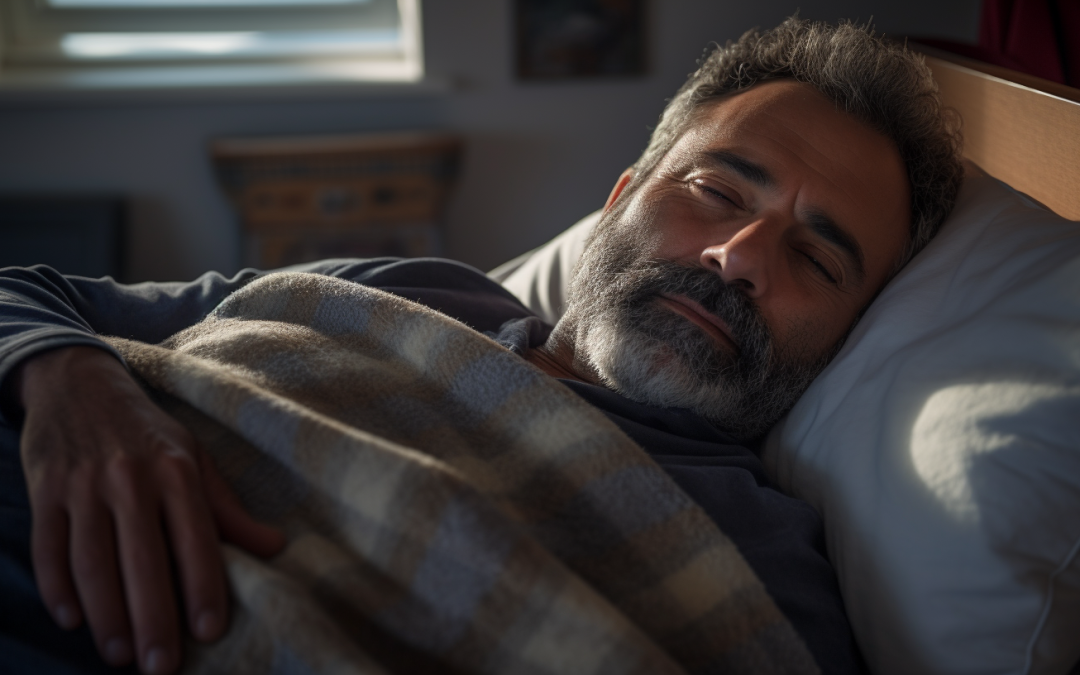Have you ever wondered about the effects of bed rest?
Following illness or injury, bed rest can be beneficial. However, the longer you remain in bed, the more detrimental the effects can be on your body.
Muscle wasting occurs early and rapidly in critical care patients. Up to 30% of muscle mass is lost within the first 10 days of ICU admission. (1)
Critically ill patients are often prescribed bed rest to prevent complications and to provide comfort. But research now reveals its negative effects.
The Effects of Bed Rest
In just one week of bed rest, there are rapid reductions in muscle mass, and bone density.
The Heart Association recommends adults get 150 minutes of physical activity each week to maintain good health. Lack of physical activity has many negative consequences on the musculoskeletal, cardiovascular, respiratory, and cognitive systems. (2)
Bed rest can cause several complications that may delay or prevent recovery from critical illnesses. These include muscle atrophy, joint deformity, blood clots, and insulin resistance. (3)
When prolonged, the negative effects of bed rest include:
1. A loss of muscle mass and strength called sarcopenia. This is most common in the legs and lower body and can make it difficult to walk or perform other activities that require physical strength.
2. A decrease in cardiovascular fitness. The heart and blood vessels aren’t exercised the same way as someone moving around.
3. A decrease in bone density. When bones aren’t subjected to the everyday stresses of weight-bearing activity, they lose their density. This can increase the risk of osteoporosis and fractures.
4. Decreased mobility and flexibility. When joints and muscles aren’t strengthened and stretched this can lead to injury and pain.
5. Decline in mental health. It can lead to feelings of boredom, isolation, and depression.
Start Slowly
The negative health effects of bed rest can be mitigated by engaging in regular physical therapy and other rehabilitation activities. Individuals on bed rest should try to get up and move around if it isn’t hazardous.
Most healthcare professionals will advise patients to start slowly by standing and then walking a short distance. When it’s safe, they’ll often encourage patients to get up and walk around and work with a Physical Therapist.
Resources
(1) Puthucheary Z, et al. Acute skeletal muscle wasting in critical illness. JAMA. 2013;310(15):1591–1600. doi: 10.1001/jama.2013.278481.
(2) Allen C, Glasziou P, Del Marc C. Bed rest: a potentially harmful treatment needing more careful evaluation. Lancet. 1999;354:1229–1233. doi: 10.1016/S0140-6736(98)10063-6.
(3) Brower RG. Consequences of bed rest. Crit Care Med. 2009 Oct;37(10 Suppl):S422-8. doi: 10.1097/CCM.0b013e3181b6e30a. PMID: 20046130.
Ready to Elevate Employee Well-Being and Business Performance?
Don't leave the health and productivity of your workforce to chance.
Elevate your employee wellness strategy with indi and experience, firsthand, how our scalable, user-friendly platform can drastically improve employee well-being, reduce healthcare costs, and positively impact your bottom line.

